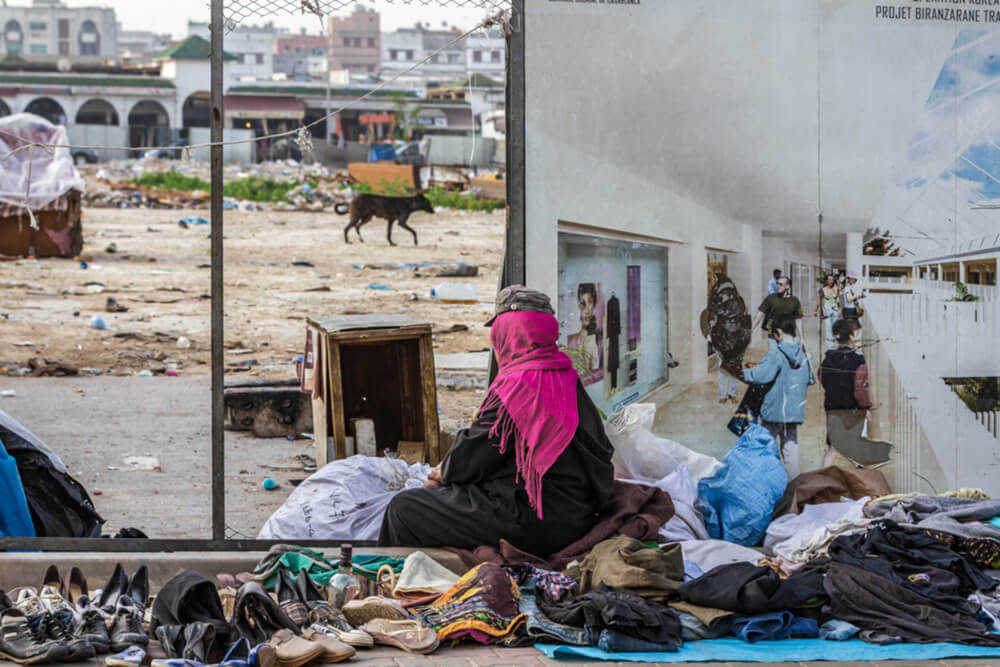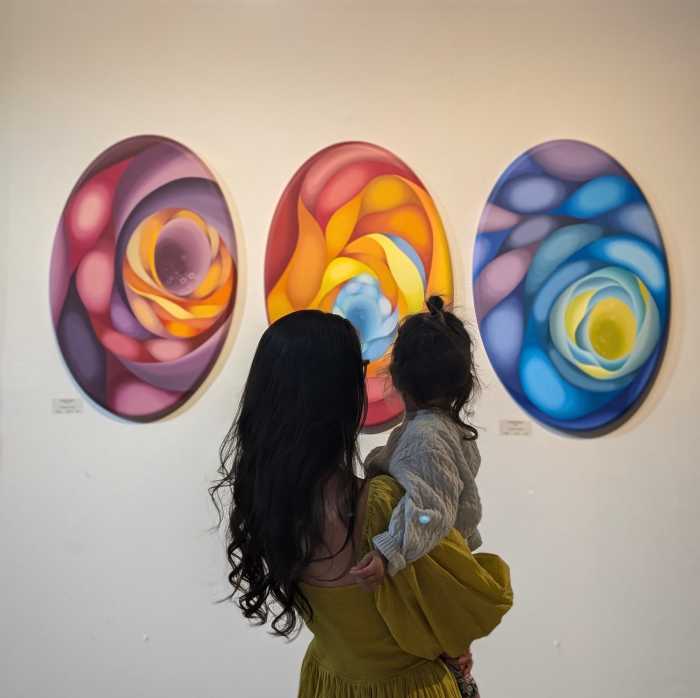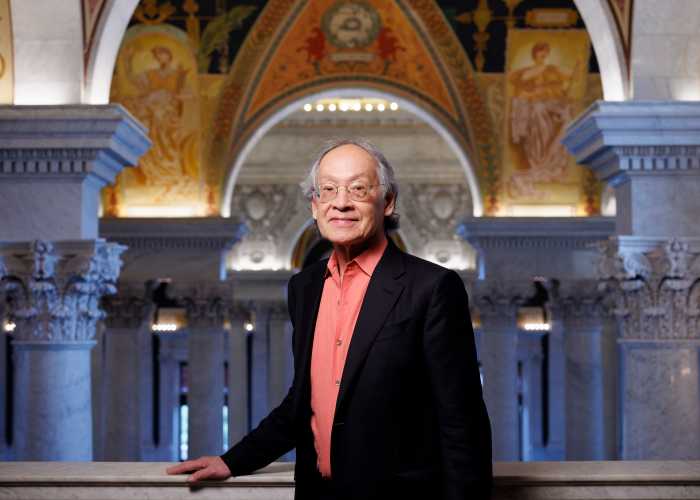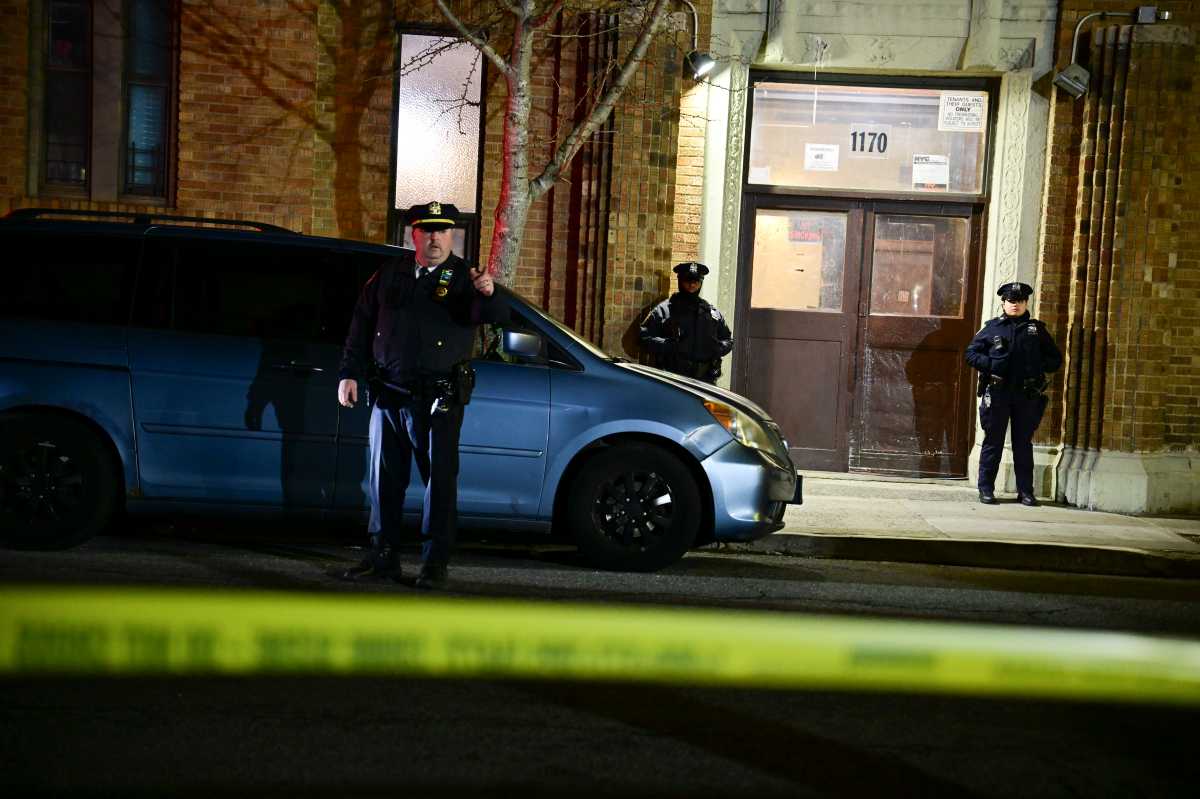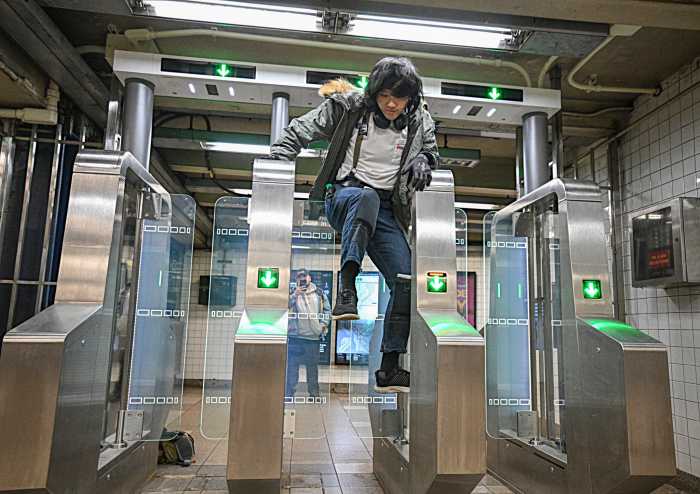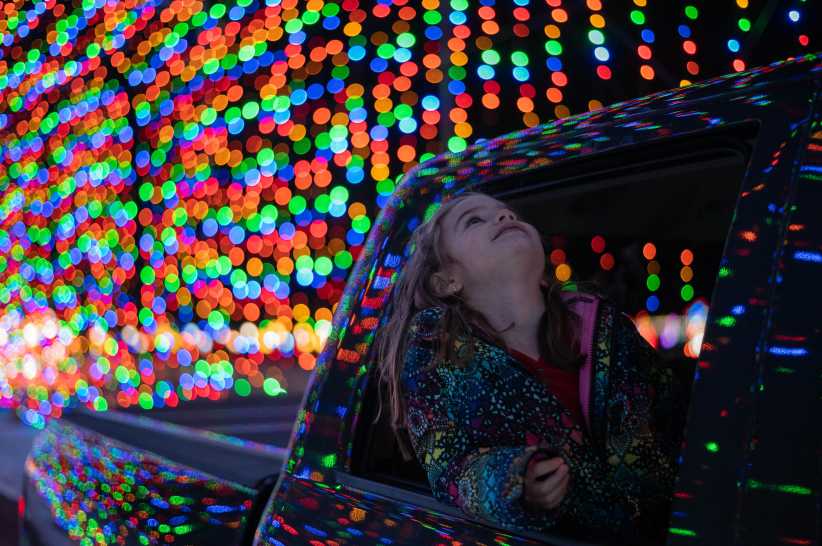BY TAMMY SCILEPPI
What’s this world coming to?
Anyone watching the news and reading those depressing headlines can’t help but feel a twinge of hopelessness and despair.
Sometimes, city landscapes reveal disturbing areas of urban decay, symbolizing that almost-universal sentiment. Telling stories of the past, cities are the hope and promise of our future. But tragically, many once-beautiful places in America and elsewhere have succumbed to the ills of our modern-day society: economic distress, homelessness, displacement, rampant drug use, gentrification, negligent landlords and even greed. A tale of two cities more aptly describes the plight of some New York City neighborhoods, where rising rents and shiny new buildings co-exist (not always peacefully) with growing urban decay and a lack of affordable housing.
“As in life itself, we acknowledge the good with the bad, the reality with the fantasy. This balance worked out well in creating a collection of images that reflect the turbulent and inspiring lives most people lead in our cities, at this moment,” said co-curator Orestes Gonzalez, who was involved in choosing diverse works for “Urban Dance: A (juried) Photo Exhibition,” now on view at Plaxall Gallery (5-25 46th Ave. in LIC) through July 21.
Thanks to a collaboration between the gallery and Long Island City Artists (LiC-A), who both made this eye-opening show possible, you can experience a must-see collection of powerful images – taken by 39 talented artists – that capture the contemporary urban experience of cities worldwide: in the U.S. and NYC (especially Queens), as well as in France, China, Israel, Senegal, Turkey, Cuba and Argentina.
Art lovers will also find a little levity in the mostly somber mix, with more classic, humorous images of city life: street fairs, shop windows, people interacting with each other, or day-dreaming, posing for portraits, having a taco at the market, etc.
Co-curator John A. Bennette reflected on the exhibit’s meaning. “Jagged edge, on point, twisting, turning, leaping, gliding. Sleek, recumbent, noisy, silent: I think of cities as living organisms with movement, songs and rhythm, all set against robust geometries and ever-evolving transformations,” he explained. “I can visualize not only the noisy cacophony of people and engines, but also the quiet, dark moments of reflection as the lights soften and memories fade.”
“Urban Dance” features 10 Queens-based photographers and local pics depict Jackson Heights, Astoria, Woodside and Long Island City street scenes. Gotham-based photos, like Paul Kessel’s piece, “Saturday,” capture a moment in the orthodox community of Williamsburg, while Corinne Spector’s “Tomorrow Will Be Different,” reveals a quiet yet disorienting scene in Casablanca, Morocco. And Arien Chang’s image of a flooded playground in Havana, Cuba, is a metaphor for a strained and broken system, according to Gonzalez.
Local creative Hazel Hankin’s “Banana” shares a lighthearted street scene in Jackson Heights, while David Obermeyer’s “Gary Indiana” takes you into the ruined interiors of a building.
If you take a gander at Johanna Warwick’s “Under the I-10,” you’ll discover how the government cut through a black residential neighborhood in Baton Rouge, Louisiana, in the name of progress. And New Yorkers will most likely appreciate the meaning behind Isabelle Scheider’s “Future Present,” which signals how myriad problems caused by gentrification can transform once thriving hubs like Manhattan. She captures closed storefront businesses that can’t afford the rents and the reflections of coveted brick buildings that are vulnerable to demolition by developers. Sheri Lynn Behr’s “No Matter Where” exposes the reality of security cameras and the presence of surveillance on our every move.
“How do we retain our humanity while we live in a mechanical, ever-evolving beast of our own creation? The city can offer freedom and a better way of life, yet often becomes the bearer of dreams denied,” Bennette said. “Dreams of the city bring us into the urban landscape.
“And, how we survive is our Urban Dance. Like cities, ‘Urban Dance’ changed as it came into being,” he continued. “The tone altered as we looked at the many photographs sent to us from cities across the world. My natural inclination is to see the positive, however the work submitted was far from optimistic —perhaps a direct reflection of our current times.”
All these images look as if they could have been taken here in our borough, according to Gonzalez, who added, “We are a microcosm of everything that is happening in today’s world. After all, this is Queens.”

